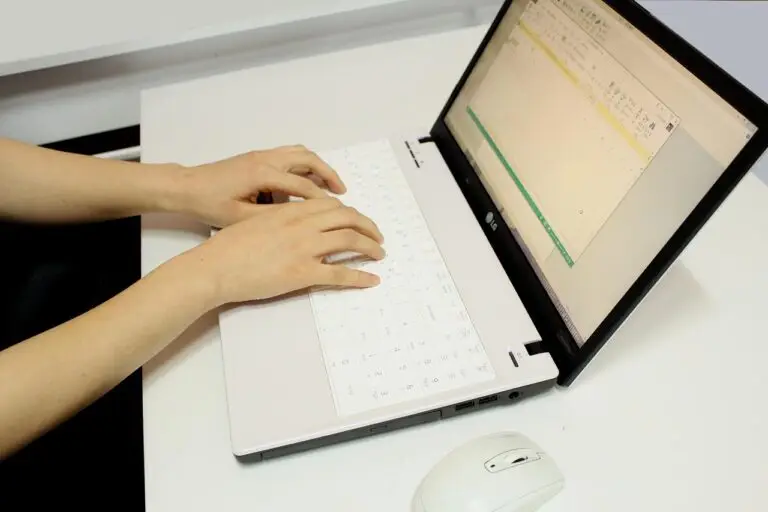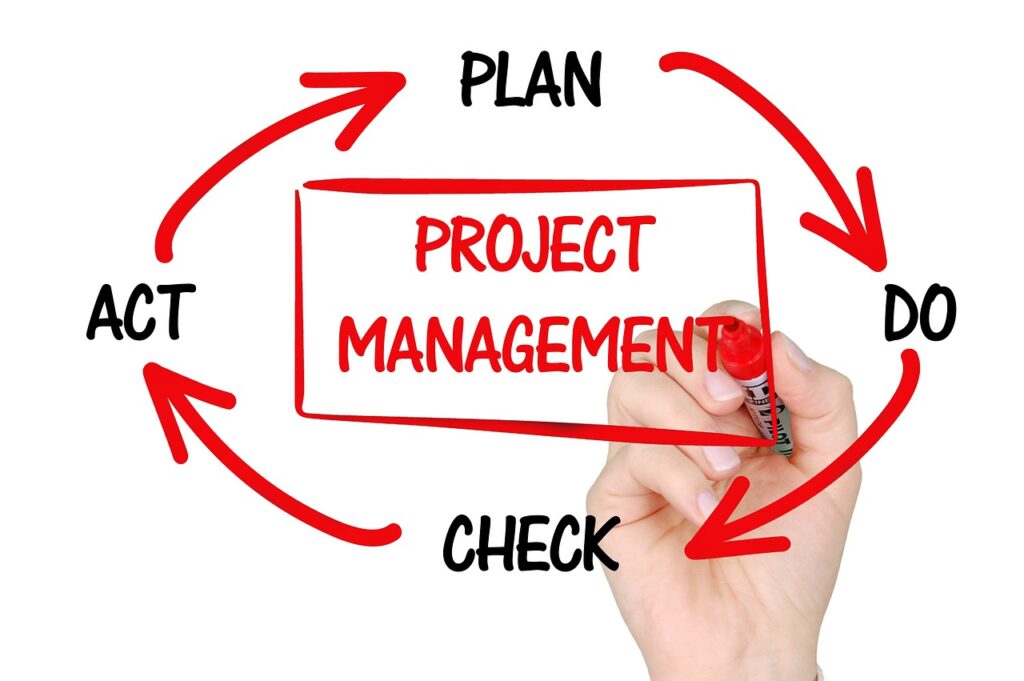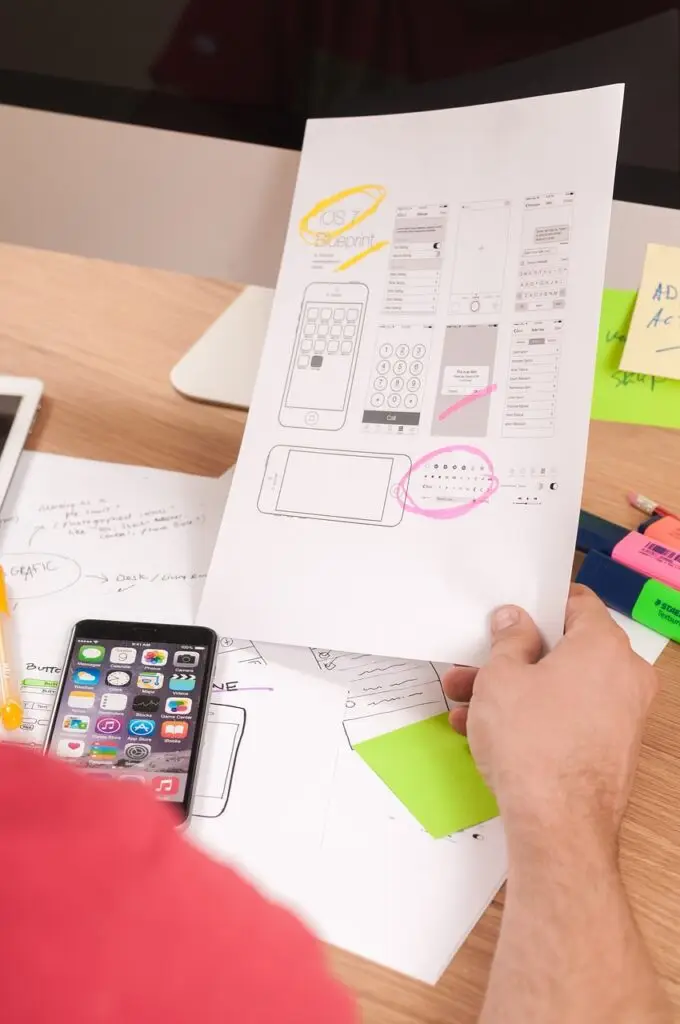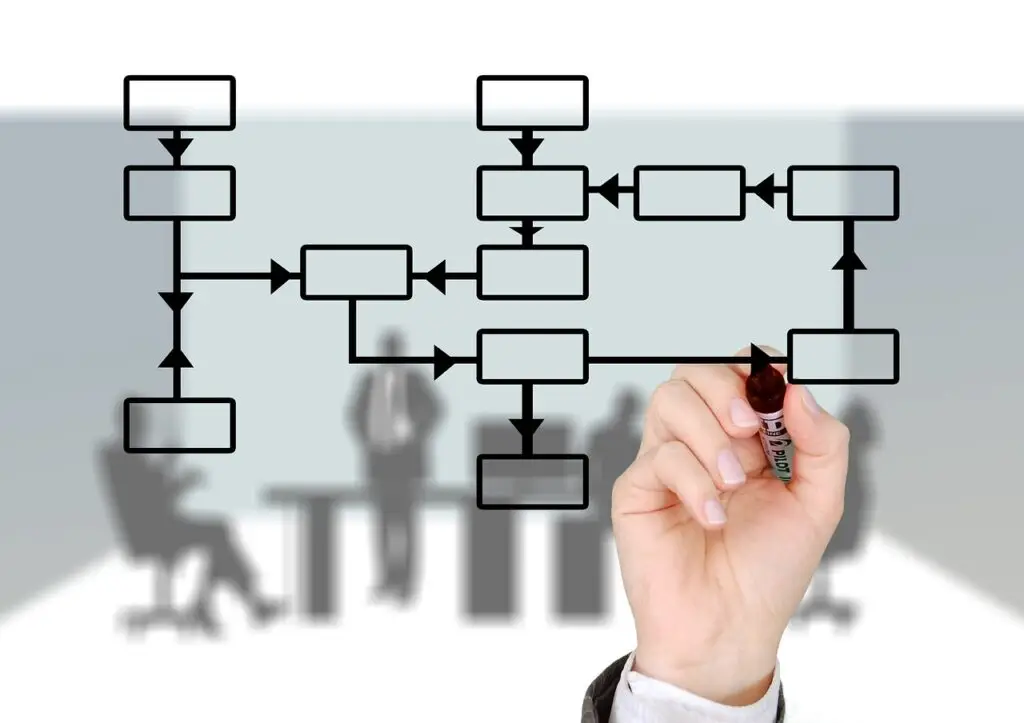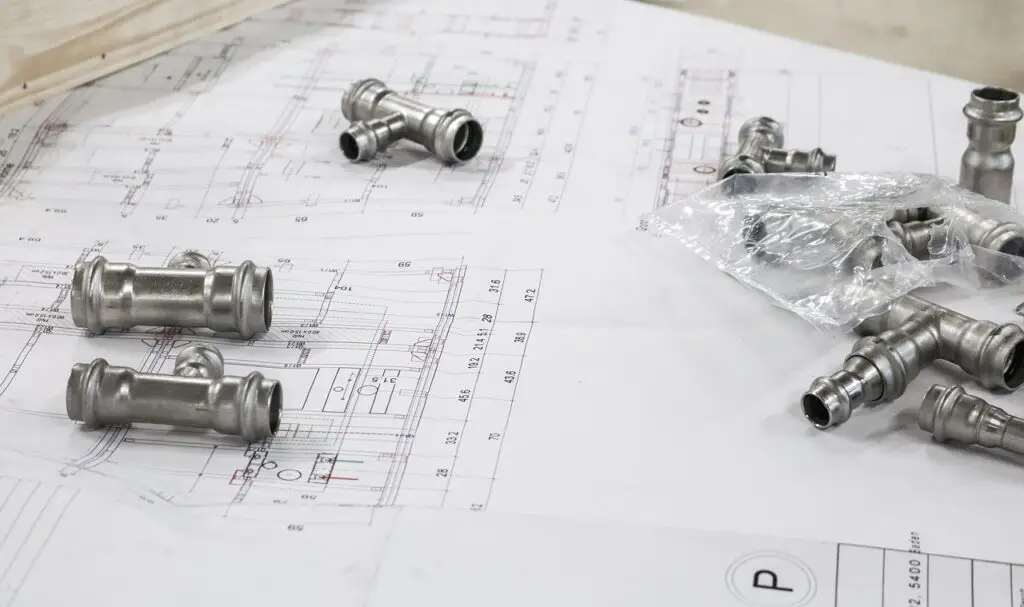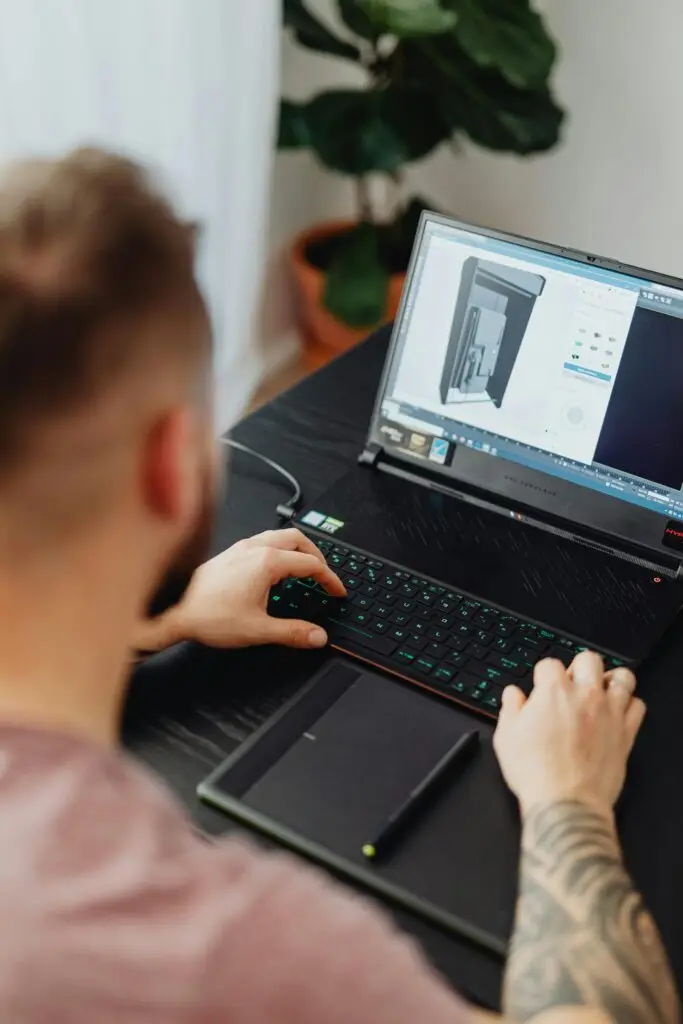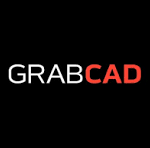Project Management at Emkatech GmbH Personal. Collaborative. Practical.
Project work is often personal and emotional
That’s why I’m switching to “you” here. Once we start a project together, it’s the easiest way to communicate anyway.
I won’t be telling you anything new – it’s all been said before. But I’ll point out a few things and highlight others. I’ll show you what I do, where I can support you, and what you’ll need to do yourself.
Human beings are inherently inventive – it’s in our nature.
So project management should be inventive too, shouldn’t it?
What Are the Most Common Problems?
Most projects fail before they even begin (or so the cynics say) – unfortunately, it’s often true. Many great ideas are never realized.
- People fear their ideas might be stolen. Yes, that does happen. But is that a reason not to start? No. I treat your ideas with discretion and never pass them on or use them myself. Of course, I’m happy to sign a non-disclosure agreement. I also have templates available if needed.
- Then there’s the issue of time – procrastination. Delaying or not starting at all.
- Fear of failure: That’s something you just have to rise above.
- Distractions: A clear timeline can help with that.
- Perfectionism: “Good enough” is fine to begin with. Especially in the project phase, not everything needs to be defined – otherwise, it’ll never end.
- Finances – the money issue: Yes, especially in new developments, this is a big topic. So first, we should take a look and estimate the costs. That means the project moves forward, and we look for solutions – investors, or ways to make it more affordable. Maybe start with a concept and look for investors. And so on.
What is needed?
An Idea and a Goal – That’s Enough to Start With
That means we can already get to know each other and discuss the project – without obligation and free of charge.
Requirements Catalogue:
I can provide one of my many templates if needed.
Of course – for a simple project, even just a project name is enough.
The requirements catalogue isn’t set in stone – it’s constantly updated, with items added, removed, or put on hold.
It’s just a helpful guide.
Specification Sheet / Functional Specification:
This includes what’s important – safety, risks, budget, etc.
Scheduling:
I have templates and experience for that too. But you can also fill it out and monitor it yourself.
Design Phase:
This is my specialty. Together, we define and design the product. With the knowledge we already have, it becomes easier to choose the right processes and materials. We also determine supplier parts, purchased parts, and standard components.
Drawings and Documentation:
For production, inquiries, prototypes, or testing.
Parts Lists and Pricing:
We can already start recording those.
Marketing and Sales:
We can already work with images (renderings).
Testing and First Production Run:
Once that’s running, my work is usually done.
From This Point On, I Don’t Necessarily Need to Be Involved
But I’ll still help wherever I can.
You’ll receive all CAD data – even the ones we may no longer pursue (via SolidWorks Pack and Go). That way, it’s clear that someone else can continue working on the project. Even without SolidWorks, the data can still be used.
Of course, you can also exit earlier – with me, it’s clear that the client always receives all data and documentation in the end.
But the project isn’t finished for you yet.
Now comes marketing, sales, production, distribution, and so on.
In a way, life itself is project management. That’s why I’ve avoided using too many technical terms and tried to write everything in a goal-oriented way.
I believe most people are capable – but they face the same challenges.
And when it finally works out, it’s always…
Michael Küng
Emkatech GmbH
